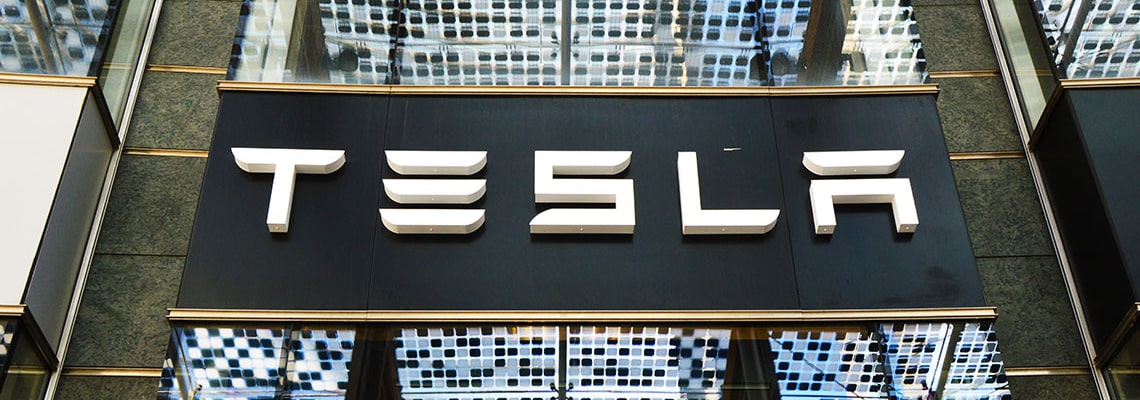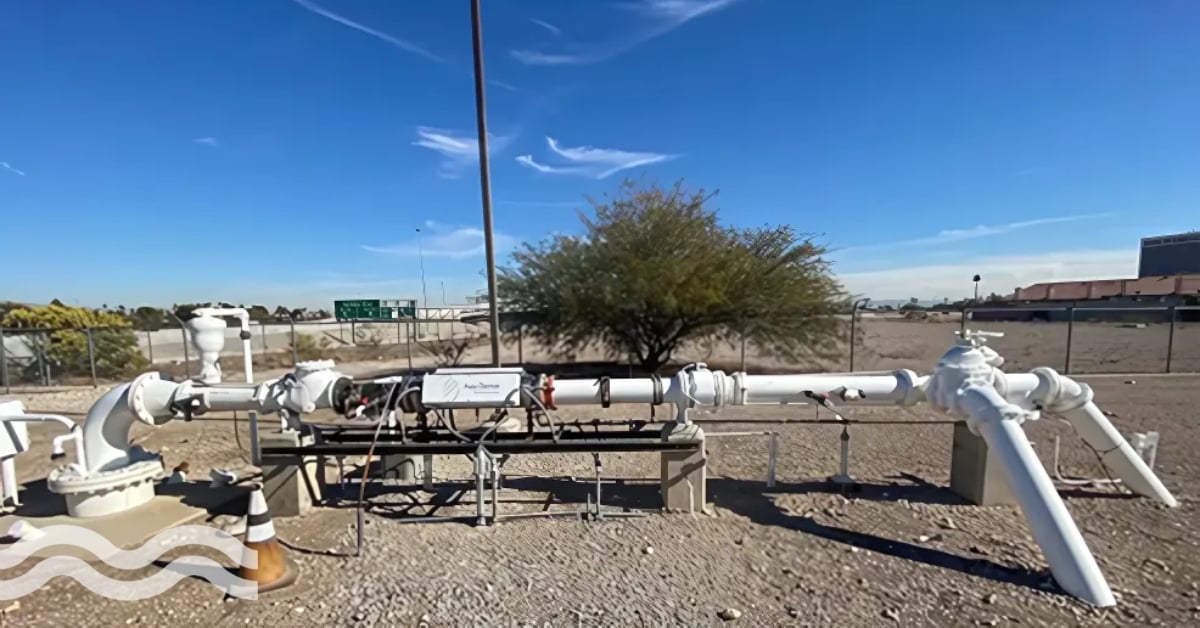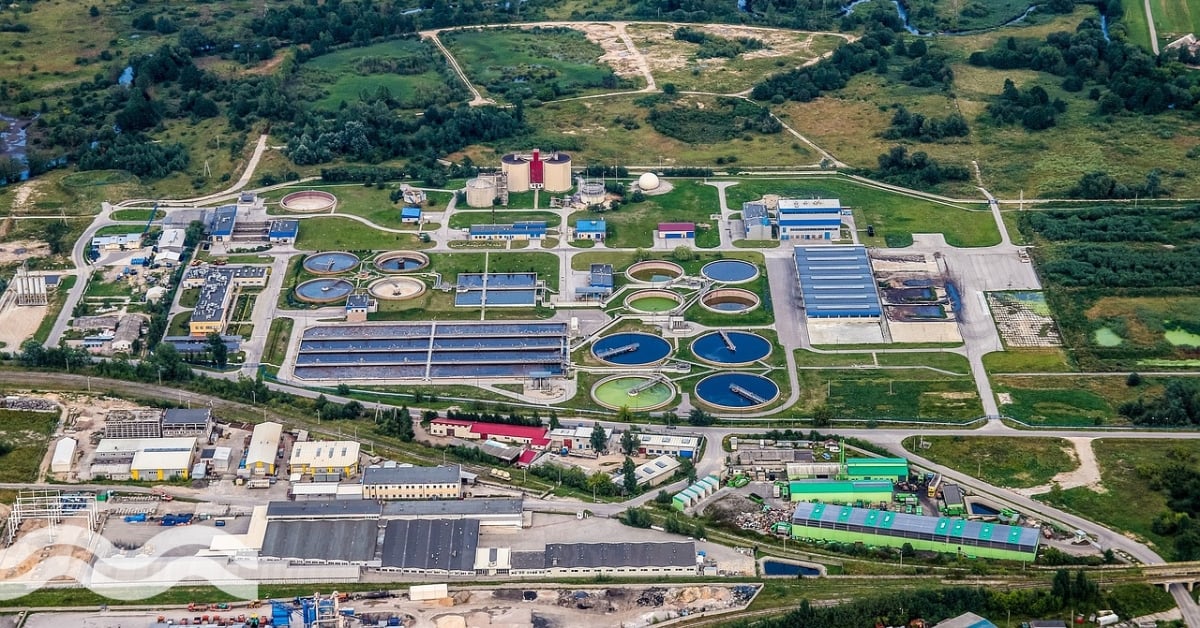Tech Dive: Will LEDs become the Tesla of the UV sector?
Light-emitting diode (LED) technology has been promising to disrupt the traditional ultraviolet (UV) lamp disinfection market for years. Will 2019 finally be the year when UV-LED can be proved at scale? This article investigates UV light for water purification.
Twitter outbursts and smoking drugs live on radio to one side, few can doubt the disruption caused by serial entrepreneur Elon Musk.
From the finance industry and PayPal, through to interplanetary travel and Space-X and underground tunnelling and The Boring Company; Musk has disrupted multiple industries and even has his sights set on inhabiting the planet Mars.
Yet, it is the disruption caused to the fossil fuel car industry by electric vehicle brand, Tesla, which some believe could play out in the water treatment market and ultraviolet treatment (UV) space.
“Existing companies already in the UV market have to decide whether they’re going to add LED technology to their portfolio,” says Oliver Lawal, president of the International Ultraviolet Association (IUVA).
“I always think of it a bit like cars - companies have petrol and diesel, and then do you add electric? Much like the automotive industry, some of the existing manufacturers will have their own development programme and some of them are going to partner. This is already happening.”
UV light for water treatment and water purification
Tipping point
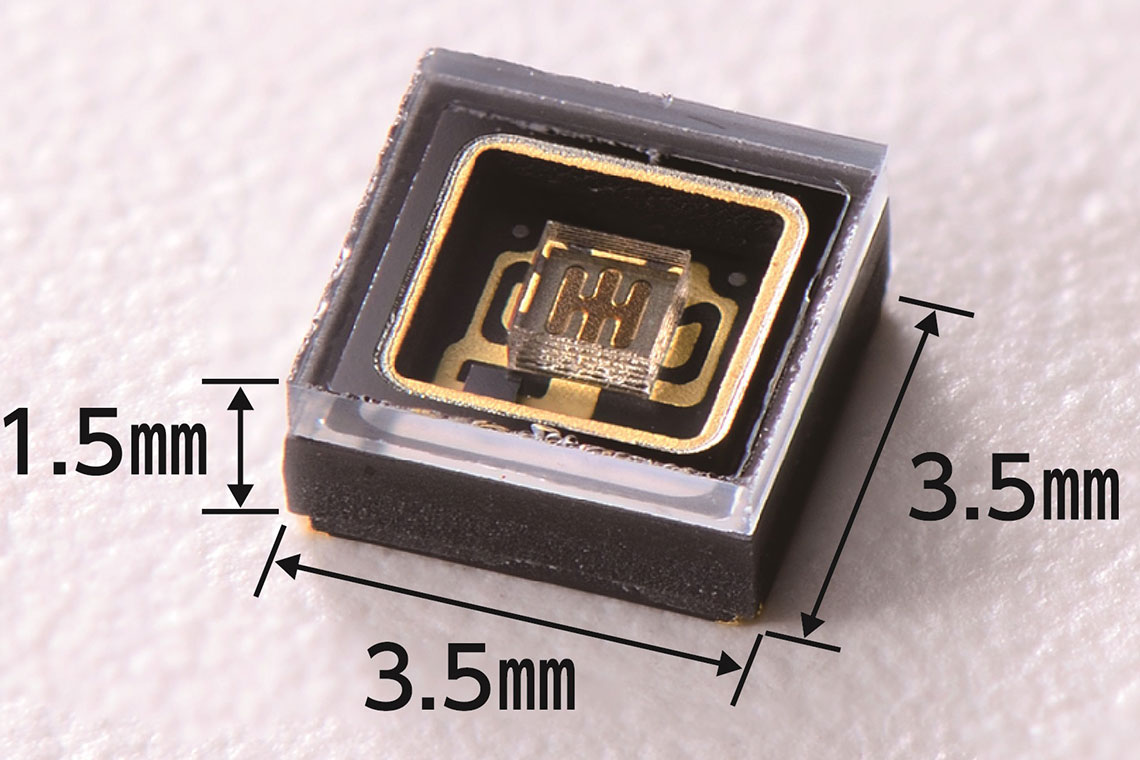
LED technology may have caused disruption to the traditional light market but the impact on large scale, municipal ultraviolet (UV) treatment has always been passed off as being “years away”.
Historically UV-LED systems have been limited to low flow, or personal use water treatment products on the market. In contrast, mercury lamp UV technology has been the go-to, dominant force for utility scale treatment systems.
However, Lawal who is also the CEO of AquiSense, believes LED technology became cost competitive last year.
“In 2018 we had a tipping point, so that best-on-class UV-LEDs now have a higher power density than Low Pressure Mercury Lamps and our high-volume LED purchase price is now equivalent to some traditional lamps in terms of cost/photon, and that is really important. We knew that would happen,” he adds.
Japanese innovation
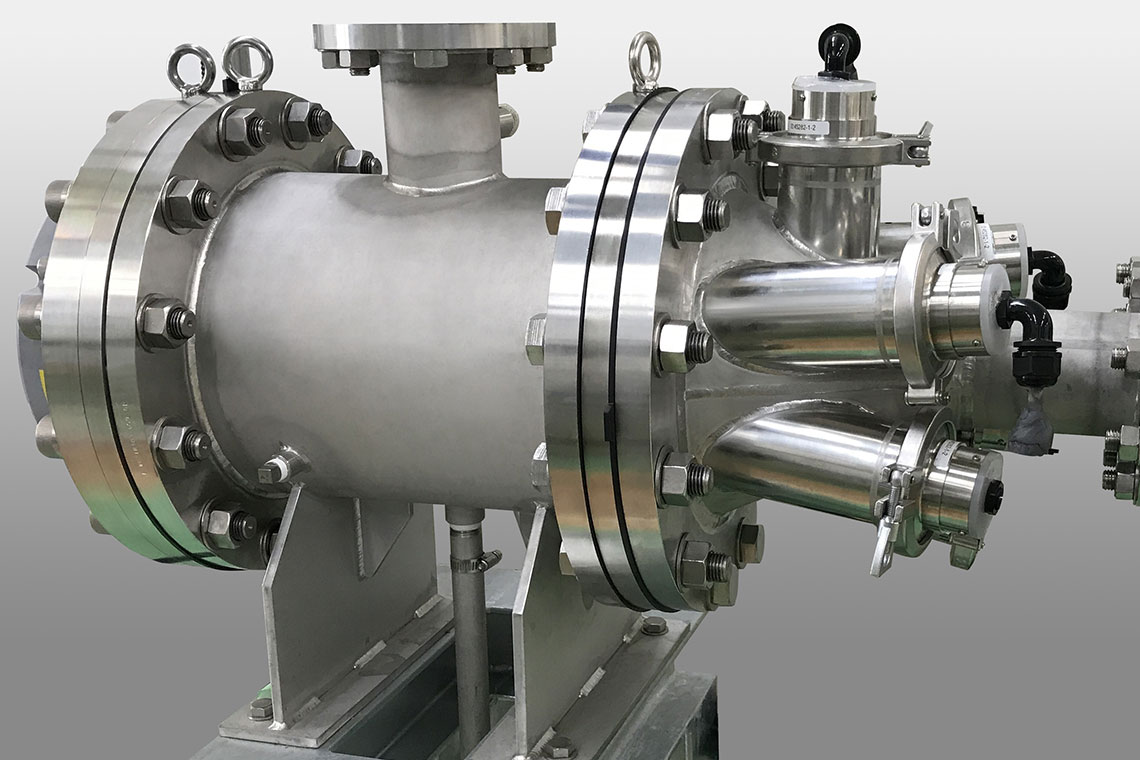
One of the companies spearheading the scaling up of LED technology is Japanese technology company, Metawater, perhaps better known for its ceramic membrane technology.
The company started with a 300 m3/day UV-LED system before jumping up to a 1,200 m3/day scale system. For the latter it recently acquired the “Certification of UV irradiation equipment” from the Japan Water Research Center (JWRC).
Furthermore, an agreement has been signed with water treatment technology manufacturer, Risui-Kagaku Co, for the “OEM supply of UV treatment equipment using UV-LED”.
Metawater is aiming to have the larger scale system in treatment facilities serving 100,000 people but says it is still working on reducing the cost of UV reactors and LED modules. This includes improving LED optical power and “achieving longer life”.
Creating a LED Typhon
Another company worth noting, this time in the UK, is start-up Typhon Treatment Systems, which has signed an eight-year, kit framework agreement with UK water company, United Utilities (UU).
This followed two trials, one on advanced oxidation process (AOP) for the removal on taste and odour and a second on disinfection, which has led to the company achieving validation in line with the UVDGM methodology from the US Environmental Protection Agency (EPA).
Typhon’s base unit has a capacity of 250 m3/hour (6000 m3/day) with a configuration allowing multiple systems can be combined to scale up. For the first large scale commercial installation, currently being negotiated with UU, a total of six units will be installed.
When operational, at a capacity of 36,000 m3/day, this would make it the world’s largest, municipal scale UV-LED installation, according to company co-founder Dr Matthew Simpson. The contract is slated to be finalised by mid-2019.
The company was co-founded with Peter McNulty in 2014 and sets out the bold claim that its UV-LED design uses “up to 90 percent less energy compared to mercury lamp technology”.
United Utilities plans to use system to treat for microorganisms or help remove taste and odour from drinking water and also, in separate installations, to treat bacteria in wastewater before returning it to the environment.
In the video below you can see the trial installation:
Text
“Until now the only way of using it to treat the huge volumes we need has been using traditional technology that uses mercury in glass bulbs. But with the potential to be up to 90 per cent more energy efficient, as well as more reliable, easier to maintain and safer, Typhon’s new LED version was a brilliant idea we wanted to develop.”
-
Kieran Brocklebank
Head of innovation at United Utilities
Haitz gonna Haitz

With bold claims on energy efficiency, Typhon says that in less than three years the power of commercially available disinfection-range UV-LEDs has more than quadrupled.
This raises the question of whether such claims stack up and also links to Haitz’s Law, which is critical when discussing UV-LED scale up.
Named after scientist Roland Haitz (1935-2015), the law predicts that LEDs will halve in cost and double in light output every two years.
Looking back, Haitz’s law is apparent over the last 40 years. For example, in the 1970s the first LEDs to be established were red. Then, due to development in wavelength throughout the rainbow of colours, blue LEDS became commercial in 1990s.
From blue came the development of white LEDs, from which there was an explosion in the market for car headlights, phone screens and TV were developed. Finally, from blue came UV and the application for water disinfection.
Pearls of wisdom
Following this pattern, it was in 2012 when AquiSense introduced its UV-C LED PearlAqua system for water disinfection. This year it expects to ship over 40,000 units and the company is also supplying its LED system for the Flint schools initiative, backed by the Musk Foundation.
Rather than jumping into the metaphorical deep end with a larger system, Lawal says the company “started small and worked up”, tracking the development of LED technology.
“We knew if we solved the engineering and manufacturing challenges with novel small systems, we could already be profitable by the time the big ones were ready,” he says. “So it's just a matter of waiting for the power and the price to hit a certain target.”
The company has just supplied a UV-LED system to an oil and gas project “with several hundred gallons of capacity”, according to Lawal and will be rolling out a larger scale municipal pilot in California later this year.
Red herring
UV-LED proponents often talk about energy as well as maintenance benefits. One of the claims is that as LEDs emit light rather than heat into the water, it avoids the problem of fouling and subsequent need for cleaning, as required with mercury lamps.
“The systems are engineered so the light surface is cool and you don’t get fouling in the same way,” says Lawal. “That’s a massive fundamental difference. This is why we’re doing these pilots – we haven’t quantified the benefit yet. It’s fair to say there’s a theoretical benefit with LEDS that will be proven out over the next year or two.”
Other UV experts however throw more caution to the wind when it comes to disruption claims associated with LEDs.
“It’s a little bit of a red herring when it comes to maintenance claims of LEDs,” says Mark Kustermans, municipal market manager for Trojan Technologies.
“Anything that has water, you’re going to have some fouling on that surface. Fouling will occur regardless of whether its UV-LED or it’s a lamp. I think cleaning and maintaining the UV the source will still remain a critical feature.”
Established in 1977, TrojanUV won its first municipal wastewater project in Tillsonburg, Ontario. Today it has over 10,000 municipal installations using lamp technology.
“We recognise that UV-LEDs will be part of our future,” adds Kustermans. “We have assembled a team to evaluate and develop the next generation of UV products using LEDs. We are interested in collaborating with leading UV-LED players and we’re talking to many. We will apply UV-LEDS where it makes sense for our customers.”
The municipal market manager believes the use of UV-LED systems for municipal scale applications is currently “premature” and that he sees current applications in the point of use and point of entry space.
He also believes the price tipping point for LED technology remains several years away for broader market adoption.
LED weak points
Others believe despite their weaknesses, it’s a question of not if but when UV-LED will be scaled up and adopted.
“Their weak points have meant LEDs are still some way away from elbowing aside mercury lamps, at least in larger plants,” adds Paul O'Callaghan, CEO of BlueTech Research.
“These include a relatively high cost and low power output, particularly within the UVC wavelength, which is the one important for water disinfection.”
Material selection and chip manufacturing have been a particular focus of R&D, as characteristics such as substrate and dislocation density ultimately influence LED efficiency and output, he says.
Paul O'Callaghan adds: “Nevertheless, progress in lowering costs and boosting power output has been too slow for any serious commercial impact at a large-scale or industrial level. Taken together, it seems inevitable that large scale UV-LEDs will become commercially viable and widely adopted at large scale – it’s just a question of when.”
Market impact and scale

How are other UV companies viewing LED technology? UK company atg UV has also been tracking UVC LED developments and said it has been regularly meeting LED manufacturers for the last 10 years.
Although crediting the “design flexibility” of the technology, the company believes large scale applications are still some time away.
“Current market developments suggest that bulk liquid treatment, (>50 m3/hr) utilising LED technology is possible, but still a long way from being commercially viable,” says Richard Joshi, technical director of UK company atg UV and board member of the IUVA.
“They are uneconomical when compared to modern day, mercury-based lamp technologies and this is forecast to be the case for the coming years.”
Joshi also points to the current efficiency differences between LED and lamp technologies. He adds that current commercially available UVC LEDs are at best 5 percent efficient, compared to Amalgam UV lamps that are circa 40 percent efficient.
Regarding scale, traditional UV systems at most have up to 60 lamps (for large bulk flows) but even small flow applications will require hundreds or even thousands of UV LED chips to achieve the required UV doses for disinfection, according to the technical director.
Overall, atg UV believes UVC-LED are an exciting development, but for the coming years they will fit best in “smaller applications where water is treated sporadically”. Truly cost effective and efficient large-scale designs are likely to be many years in the future.
Meanwhile global technology company Xylem, which includes the Wedeco UV brand, remains more tight lipped over the market development, saying that it “recognises the strong potential of UV-LED technology in the water treatment sector and is collaborating with partners to drive new innovations in this field“.
The Tesla of the UV industry
There is no doubting that UV-LEDs are an exciting technology in the market. LED proponents believe the benefits of instant operation and reduced fouling/maintenance will prevail in the long-term.
In contrast, conventional lamp companies, naturally, believe the technology is just not ready to be scaled up, from cost, efficiency and technical perspectives.
However, the developments from Japanese firm Metawater and Typhon in the UK demonstrate that there is potential in the technology. When operational, Typhon’s 36,000 m3/day development could single-handedly answer the LED critics out there.
Answering the question of whether LEDs could be Tesla of the UV industry, it’s still early to call.
When Tesla first hit the scene, it was perhaps seen as a gimmick, or an unobtainable toy only for the wealthy led by a cash-heavy Elon Musk following his sale of PayPal.
Fast forward several years and Teslas are becoming a more common sight and the brand is one of the most valuable on the planet. Electric vehicles are being added to diesel and petrol offerings, with some companies promising to phase out the latter altogether in a matter of years.
Although facing production bottlenecks and other issues, the Tesla story shows that, the impact from a disruptive technology can takes years to bite but when it does, the bite mark has a huge impact on the market.
Commercial, large scale applications may be some years away for UV-LEDs yet it’s a technology that the industry and investors should continue to keep an eye on with partnerships, acquisitions and market consolidation inevitable in the future.
Related content
Share your water technology stories with us
Do you have an innovation, research results or an other interesting topic you would like to share with the international water technology industry? The Aquatech website and social media channels are a great platform to showcase your stories!
Please contact our Sr Brand Marketing Manager Annelie Koomen.
Are you an Aquatech exhibitor?
Make sure you add your latest press releases to your Company Profile in the Exhibitor Portal for free exposure.
We promise never to send you spam and you can unsubscribe at any time!
